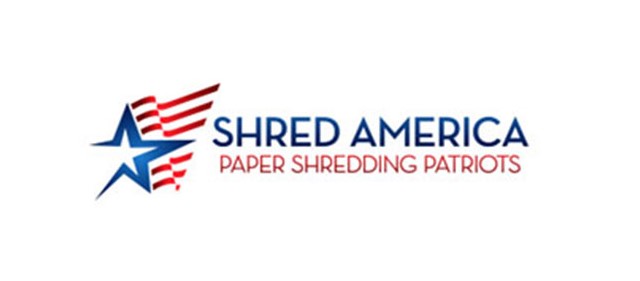As Americans across the country prepare to celebrate Independence Day this Friday, July 4th, the holiday’s deep historical roots extend far beyond backyard barbecues and fireworks displays. It marks the momentous occasion in 1776 when the Continental Congress adopted the Declaration of Independence, formally declaring the thirteen American colonies free from British rule.
The road to independence was long and arduous. Tensions between the American colonies and Great Britain had been escalating for years over issues of taxation without representation, trade restrictions, and perceived infringements on colonial liberties. By the spring of 1776, open conflict had already begun with battles at Lexington and Concord, and the sentiment for complete separation from the Crown was gaining momentum.
On June 7, 1776, Richard Henry Lee of Virginia introduced a resolution to the Continental Congress, stating that “these United Colonies are, and of right ought to be, free and independent States.” After a period of debate and revision, a committee, including Thomas Jefferson, John Adams, and Benjamin Franklin, drafted the Declaration of Independence. While the Congress voted for independence on July 2nd, it was on July 4, 1776, that the Declaration was officially adopted.
The Declaration, primarily authored by Thomas Jefferson, articulated the philosophical basis for the colonies’ break from Britain, emphasizing concepts of natural rights, self-governance, and the right to revolution when government becomes destructive of these ends. Its powerful language, particularly the phrase “all men are created equal,” has resonated through generations, despite the inherent contradictions with the realities of slavery at the time.
Early celebrations of Independence Day were often marked by parades, public readings of the Declaration, bonfires, and the firing of cannons and muskets. Philadelphia held its first annual commemoration on July 8, 1776, with the ringing of the Liberty Bell. Massachusetts was the first state to make July 4th a state holiday in 1781. However, it wasn’t until 1870 that July 4th officially became a federal holiday.
Over centuries, the celebration has evolved, but its core message of liberty and national identity remains. Today, communities gather for parades, concerts, picnics, and elaborate fireworks displays, embodying a collective expression of pride and remembrance for the nation’s founding principles. The holiday serves as a powerful reminder of the sacrifices made to establish the United States and the ongoing pursuit of its ideals.
Sign up for our Sunday Spectator. Delivered to your inbox every Sunday, with all the news from the week.

















